How to Use Docker for Development and Deployment

Building Docker Images for Your Applications
Understanding the Docker Image Building Process
Creating a Docker image involves packaging your application and its dependencies into a lightweight, portable container. This process ensures consistency across different environments, eliminating the works on my machine problem. The Dockerfile, a text document containing instructions, guides the image creation process. This file outlines the steps needed to assemble the image, from installing dependencies to running the application, guaranteeing reproducibility and streamlined deployment.
Essentially, a Docker image is a snapshot of a running system. This snapshot contains all the necessary files, libraries, and configurations required to run your application. By building a Docker image, you're essentially creating a self-contained environment that isolates your application from the host operating system.
Defining the Dockerfile
The Dockerfile is the core of the image building process. It's a simple text file containing instructions that tell Docker how to assemble your image. These instructions are executed sequentially, adding layers to the image as they are processed. Each layer corresponds to a specific change, such as installing a package or copying a file. This layered approach makes image building efficient and reduces the overall size of the image.
Key elements within a Dockerfile include instructions for base images, installing dependencies, copying application code, setting environment variables, and defining entry points for your application. Carefully crafted Dockerfiles are crucial for creating maintainable and repeatable deployment pipelines.
Using Base Images for Efficiency
Leveraging pre-built base images is a cornerstone of efficient Docker image creation. Instead of starting from scratch, you can begin with an existing image that provides a familiar environment, like a specific version of an operating system or a particular runtime environment. This significantly reduces the size and complexity of your image, as you're only including the necessary additions to your application.
Using base images optimizes the build process and minimizes the amount of code you need to write. Choosing the right base image is important, as it directly impacts the resource requirements and security posture of your final image.
Installing Dependencies
A critical aspect of image building is installing the necessary dependencies for your application. This typically involves using package managers like apt-get or yum to install libraries and other software components required for your application to function correctly. This step ensures that all required components are present within the image, avoiding runtime errors due to missing dependencies.
Careful dependency management is essential to prevent conflicts and ensure that your application works seamlessly in the containerized environment. Using a package manager within the Dockerfile allows for consistent and controlled installation of dependencies across different environments.
Exposing Ports and Defining Entry Points
To allow external communication with your application, you need to expose specific ports within the container. This enables external services to connect to your application running inside the Docker container. The instructions for exposing ports are directly within the Dockerfile and are essential for making your application accessible from other systems.
Defining entry points within the Dockerfile specifies how your application should be launched inside the container. This step is critical for running your application when the container starts. A well-defined entry point ensures that your application starts correctly and efficiently.
Testing and Optimizing Your Images
Thorough testing of your Docker images is crucial to ensure that your application functions as expected within the containerized environment. Running unit tests, integration tests, and end-to-end tests inside the container is a recommended practice to confirm the application's behavior. This practice helps identify and resolve issues early in the development lifecycle.
Optimizing your images for size and performance is also vital. Techniques such as multi-stage builds can significantly reduce the size of your final image, leading to faster image downloads and deployments. Regularly reviewing and refining Dockerfiles can lead to significant improvements in efficiency and reliability.
Containerizing Your Application for Development

Containerizing Your Application for Enhanced Portability
Containerization, a powerful approach to software packaging, encapsulates an application and its dependencies within a standardized unit called a container. This allows applications to run consistently across various environments, from development to production, without compatibility issues. This portability is crucial for streamlined deployments and efficient resource utilization. It eliminates the works on my machine problem by ensuring that the application's environment is precisely replicated in each deployment location.
Understanding the Benefits of Containerization
Containerization offers several advantages, including simplified deployment, increased efficiency, and enhanced security. By packaging the application with all its necessary libraries and dependencies, containerization streamlines the deployment process, reducing setup time and complexity. This approach also promotes resource efficiency by allowing multiple containers to run on a single host machine, optimizing resource allocation and minimizing overhead.
Choosing the Right Containerization Technology
Several containerization technologies are available, each with its own strengths and weaknesses. Docker, a popular choice, provides a robust and widely used platform for containerization. Other options include containerd and runC, offering various levels of control and flexibility for specific use cases. Careful consideration of your project's needs and resources is essential when selecting the appropriate technology.
Building and Managing Your Docker Images
Building Docker images involves creating a snapshot of your application's environment, including all necessary dependencies and configurations. This image serves as a template for creating containers. Effective image management is crucial for maintaining consistency and efficiency throughout the application lifecycle. Efficient image management practices help avoid unnecessary bloat and ensure that your deployments are consistent and reliable.
Optimizing Container Performance
Optimizing container performance involves several strategies, including efficient resource allocation, optimized image sizes, and proper container orchestration. Leveraging container orchestration platforms like Kubernetes can further enhance performance by automating container deployment, scaling, and management. These strategies ensure that your containers run efficiently and effectively utilize available resources.
Security Considerations in Containerized Environments
Container security is paramount. Implementing robust security measures within your containers is critical to protect against vulnerabilities and attacks. This includes using secure image repositories, enforcing access controls, and regularly scanning images for known vulnerabilities. Comprehensive security protocols are essential to maintain the integrity and confidentiality of your application and data.
Scaling and Orchestration of Your Containerized Application
Scaling containerized applications is often handled using container orchestration platforms. These platforms, like Kubernetes, automate the deployment, scaling, and management of containers. They provide advanced features for managing complex deployments and ensuring high availability. Kubernetes's robust features enable seamless scaling and management of your containerized application to meet fluctuating demand. This ensures optimal performance and responsiveness under varying workloads.
Scaling and Managing Dockerized Applications
Understanding Docker Containerization
Docker containerization is a powerful technology that allows developers to package applications and their dependencies into lightweight, portable containers. These containers encapsulate everything an application needs to run, including the runtime environment, libraries, system tools, and code. This isolation allows applications to run consistently across different environments, from development machines to production servers, eliminating the works on my machine problem. By standardizing the environment, developers can focus on building the application logic without worrying about compatibility issues.
Benefits of Docker for Application Scaling
One of the key advantages of Docker is its ability to scale applications horizontally. This means that you can easily deploy multiple containers of the same application to handle increased demand. Docker's containerization approach allows for efficient resource utilization, as containers share the host operating system kernel, minimizing overhead compared to virtual machines. This efficiency is crucial for scaling applications reliably and cost-effectively, especially in cloud-based environments.
Scaling is further simplified by the ease of deploying and managing containers. The automation features inherent in Docker allow for rapid scaling by automatically deploying new containers when demand increases and removing them when demand subsides. This dynamic scaling provides a significant advantage over traditional methods for handling fluctuating workloads.
Managing Dockerized Applications with Orchestration Tools
While individual containers are manageable, orchestrating multiple containers for complex applications requires dedicated tools. Tools like Docker Compose and Kubernetes are crucial in this regard. Docker Compose simplifies the deployment of multi-container applications. It allows defining the services and their dependencies in a YAML file, making it easier to manage and deploy applications with multiple components. Kubernetes, on the other hand, provides a more comprehensive platform for managing and scaling containerized applications at scale. It offers advanced features such as service discovery, load balancing, and auto-scaling, making it ideal for large-scale deployments.
Monitoring and Logging in Docker Environments
Effective monitoring and logging are critical for maintaining the health and performance of Dockerized applications. Monitoring tools provide insights into the resource utilization, performance metrics, and overall health of the containers. These tools often allow for real-time alerts, enabling proactive intervention in case of potential issues. Robust logging mechanisms are equally important. By capturing logs from the containers, developers and operations teams can identify errors, track application behavior, and troubleshoot problems effectively. Integrated logging solutions facilitate centralized log management, simplifying the process of analyzing and interpreting logs across multiple containers.
Security Considerations in Dockerized Applications
Security is paramount in any application environment, and Dockerized applications are no exception. Security best practices should be rigorously applied throughout the development lifecycle. This includes using secure images, applying appropriate access controls, and regularly updating the containers to patch vulnerabilities. Regular security audits and penetration testing are also essential to identify and address potential security weaknesses. Implementing robust security measures from the beginning ensures that the Dockerized application remains secure and resilient against potential threats throughout its deployment lifecycle. Protecting sensitive data within the containers is crucial and should be addressed in the design and implementation stages.
Read more about How to Use Docker for Development and Deployment
Hot Recommendations
- Review: The New [Specific Brand] Smart Lock Is It Secure?
- Best Budget Studio Monitors for Music Production
- Top Flight Simulation Peripherals (Joysticks, Throttles, etc.)
- Top Portable Scanners for Document Management On the Go
- Reviewing the Latest Smart Air Purifiers for Your Home
- Best Portable Photo Printers for Travelers and Memory Keepers
- The Future of Personal Transportation Beyond Cars (Hyperloop, eVTOL)
- Top Network Monitoring Tools [Free & Paid Options]
- Understanding the Tech Behind mRNA Vaccines [A Look Inside]
- Guide to Choosing the Right Gaming Chair for Ergonomics

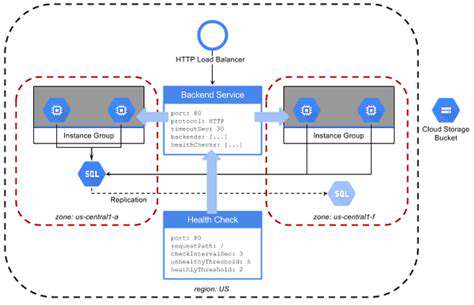
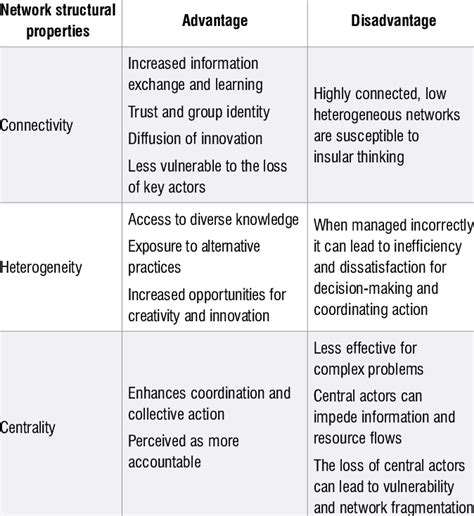
![How to Use [App] for Better Sleep Tracking and Analysis](/static/images/25/2025-06/ImprovingSleepHabitsBasedonDataAnalysis.jpg)
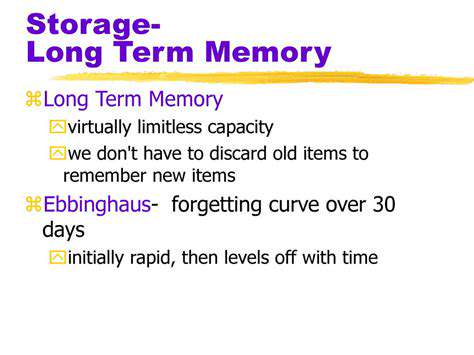
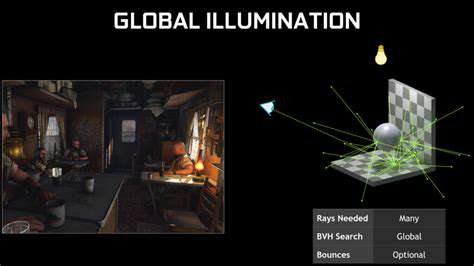

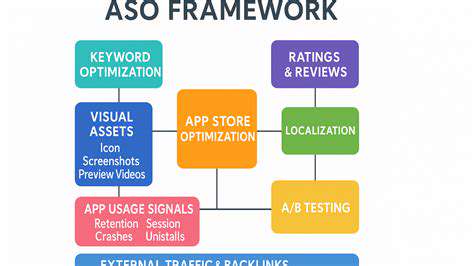
![How to Use [App] for Better Habit Tracking](/static/images/25/2025-07/Utilizing5BApp5D27sReportingandAnalyticsforDeeperInsights.jpg)


